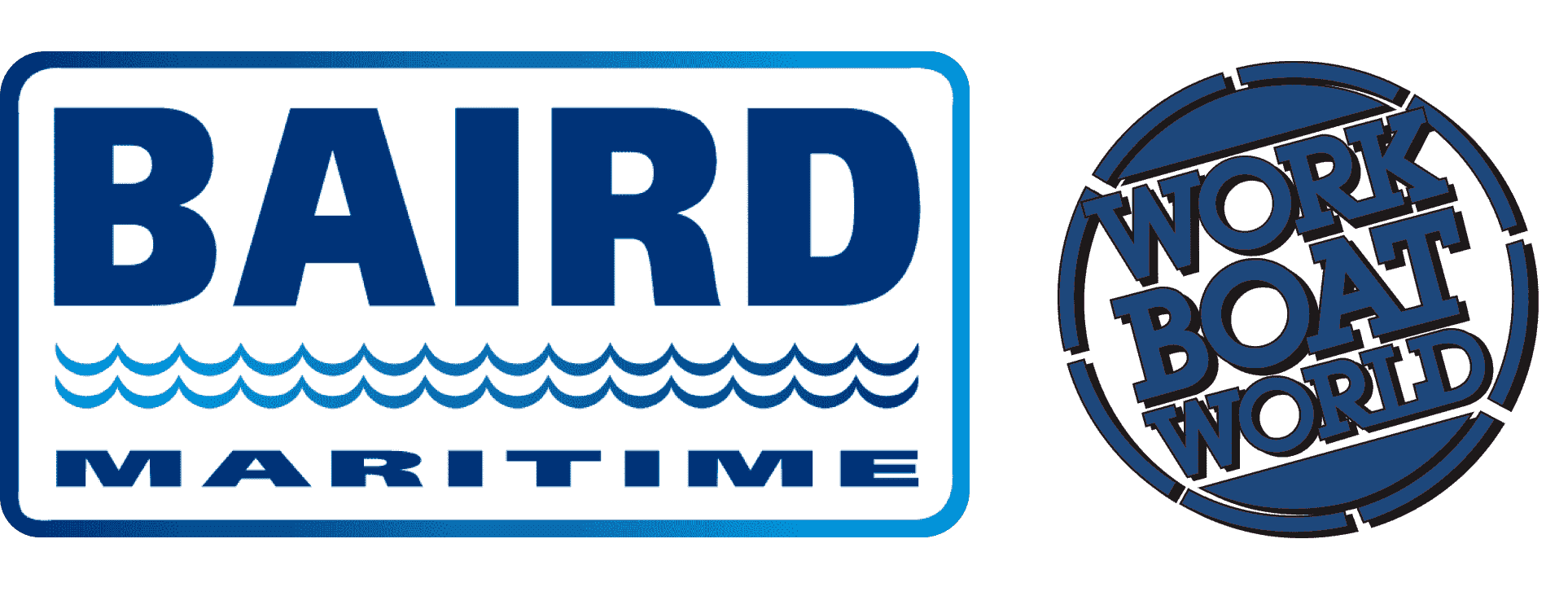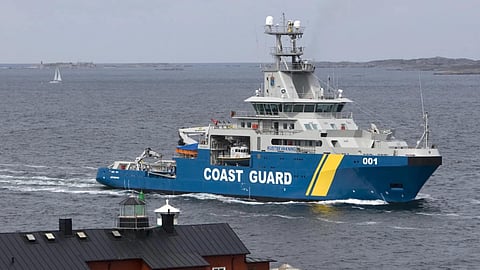COLUMN | Emergency towing vessels: more muscle to defend the coasts [Grey Power]
It was once said that an accident at sea can spoil your entire day. Today, it is also likely to cost everyone involved huge amounts of money, as the intolerance of coastal states to any form of accident in their waters grows exponentially.
A vivid example of this came from the Indian Government, which has announced that it is pursuing the huge container line MSC for costs of US$1 billion for pollution caused by the loss of the feeder ship MSC Elsa 3, which foundered off the Kerala coast last month.
To be fair, the Indian authorities have a very good reason for their anger at the pollution from this smallish ship that is washing up on their coast; a variety of oils, chemicals, hazardous goods and the inevitable plastic “nurdles”, which seem to constitute much of the cargo of every containership that leaves port, anywhere in the world.
In what might be described as a run of bad luck, the authorities have also had to cope with the blazing Wan Hai 503, after its deck cargo exploded in the same sea area and has threatened the same shore line.
Indian Coast Guard units also were in action after the loss of the bulker Run Fu 3.
Somebody, which clearly means insurers, is going to have to pay for this lot, and the assumption is that they will have to pay a lot more than they might have done just a few years ago.
It is significant that the Indian authorities have already opened criminal proceedings against just about every interest involved in the two ships, afloat and ashore. That is increasingly par for the course these days, as cargo should not explode, nor ships fall on their sides and sink in 2025, without somebody being held to account.
However, a secondary consequence of any such accidents these days is that there will be political pressure for any government to upgrade coastal protection, to mitigate the effects of marine accidents within their sea areas, which, in effect, means emergency towing vessels (ETVs) with a range of appropriate capabilities.
True to form, the Indian Government, noting that such vessels are available out of their bases in Mumbai and Chennai, has demanded that such coverage be extended around the full length of the country's huge coastline.
All Indian ports, whether public or private, that handle more than 10 million tonnes per annum and operate two or more tugs must designate one of these as an ETV, with capabilities to handle towing, firefighting, pollution control, and emergency response demands.
This is probably easier said than done, as the sort of vessel capable of fulfilling these tasks offshore is rather different to the one that operates in harbour towage. This was recently spelt out in his regular Tug Times column by my colleague Alan Loynd, as he described an operation in stormy weather off the Australian coast.
Coastal states have had an ambiguous relationship with the idea of providing what amounts to an offshore fire brigade to protect their coastlines from marine casualties.
Half a century ago, they could rely upon commercial salvors, whose station tugs at strategic locations would cope with such emergencies, their reward being the salved value of the ship and its cargo.
The irony is that since then, shipping has become far safer, casualties far fewer and the cost of station tugs, with the size and capabilities required in the era of the megaship, has become prohibitive.
They have long gone, but the public outrage in the rare event of a major casualty resulting in pollution demands that governments have a duty to provide some element of protection, which means the provision of capable assets.
The first dedicated ships were provided by the French Government, closely followed by the South Africans, after a series of terrible tanker disasters caused widespread pollution, and slowly, the concept has spread around the world.
A cynic might suggest that it has usually taken one or more serious incidents to persuade governments to spend the money on ETV protection. Sometimes they have persuaded themselves that the incidence of these accidents in a safer marine environment cannot justify public money being so allocated.
Sometimes they have been convinced that the availability of offshore craft, such as anchor handlers, can save them from dedicated investments. Perhaps harbour tugs or passing commercial salvage assets might save the public money.
None of these strategies have been entirely satisfactory, and gradually, the necessity of having specialised ETVs, with crews trained to react to a range of emergencies, has become more usual.
There have been new developments off Australia’s precious coastline, upgrades in the German Bight and investments on the coasts of Spain, as recent examples of the way such defences are being reinforced. India is clearly moving in the same direction.
Hoping for the best, that marine casualties will not happen on your political watch, is clearly unacceptable.


